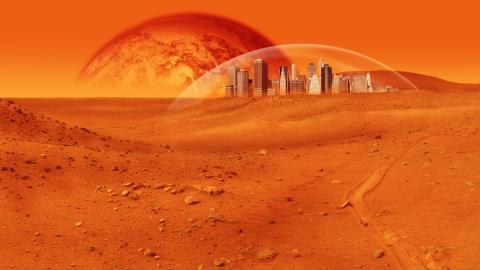How Humans Would Colonize the Solar System

What’s the Latest Development?
The astronomers and rocket scientists behind Project Icarus, a plan to achieve interstellar space flight by 2100, are first looking at what it would take for humans to reach the outer limits of our solar system. What they recommend is nuclear propulsion, a system which uses the heat of nuclear fission to heat hydrogen, propelling the rocket forward. “Nuclear Thermal Rockets are a significant improvement over chemical rockets in the context of solar system exploration. Research and development at the Center for Nuclear Space Research, at the Idaho National Laboratory, in tungsten cermet fuels indicate promising avenues for future development.”
What’s the Big Idea?
Once humans have an effective propellant system, exploring the solar system could yield some very exciting adventures. Among them are mining and colonizing the asteroid belt that lays between Mars and Jupiter. “Of the 100 billion or so asteroids in our solar system, about 1 percent are large enough to be modified into something that could be turned into a human settlement, indicating an abundance of living area waiting to be developed.” Also of interest, exploring Jupiter’s icy moon, Europa, might enable humans to burrow beneath the ice to create living quarters safe from radiation.
Photo credit: Shutterstock.com





